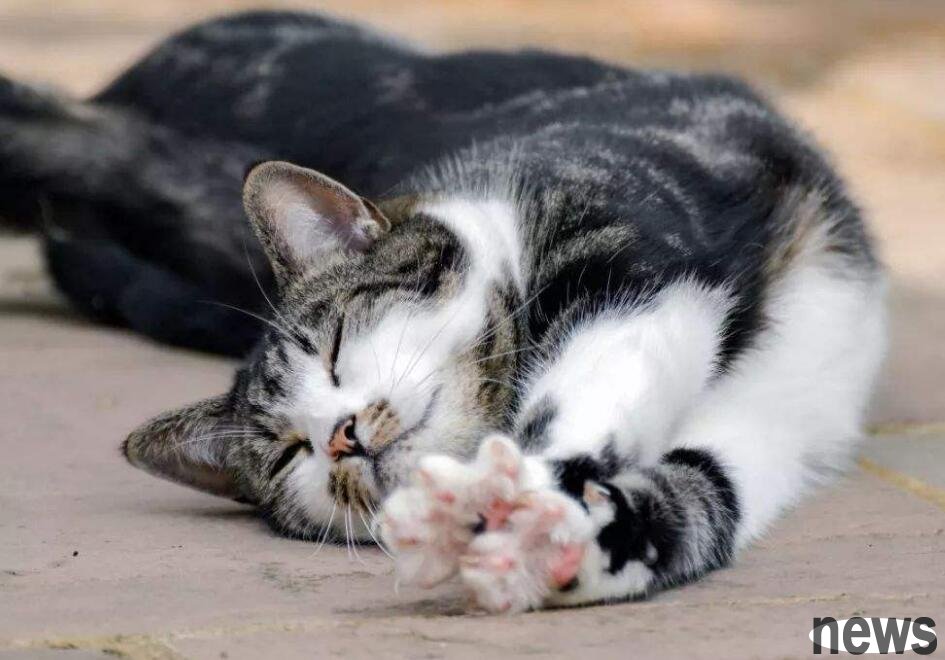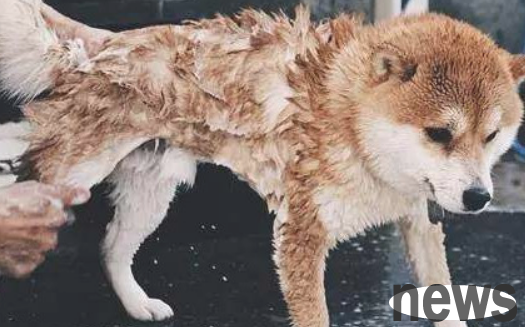What are the symptoms of arthritis in cats? What causes arthritis in cats? (How to diagnose arthritis in cats)
As we all know, as we age, humans may experience joint pain caused by osteoarthritis, which is also common in dogs. Owners and veterinarians will pay more attention and provide elderly dogs with corresponding medication to relieve the pain they suffer.
However, it was not until recently that cats began to gradually gain attention. On the one hand, it was because cats did not show any obvious pain, and on the other hand, it was because owners and veterinarians neglected and lacked awareness of cat arthritis.
The prevalence of cat arthritis
Due to the immature previous technology, it is very difficult to diagnose cat arthritis, so it is difficult to say how many cats have been attacked by this disease before, but in recent years, research on X-rays of elderly cats has produced surprising results.
In a 2012 study, 90% of cats over 12 years of age suffered from degenerative joint disease, including the so-called "spondontic disease" (a degenerative joint disease). And even if these cases are ruled out, about one-third of cats still have their X-rays showing that their joints are suffering from illness. All this evidence shows that arthritis is actually very common in cats, especially in older cats.

The causes of arthritis in cats
Osteoarthritis (OA) is a complex arthritis. The main cause is the degeneration and wear of the normal cartilage of the buffer joints, which ultimately leads to inflammation, causing cats to feel uncomfortable, persistent pain and secondary lesions in surrounding tissues. Osteoarthritis may be primary (no obvious cause of disease, inflammation may be caused by mechanical "wear") or secondary to joint damage or abnormalities. Rheumatoid arthritis is a kind of osteoarthritis caused by an autoimmune disease.
The cause of arthritis in cats is not completely clear at present. It is necessary to further confirm whether the cause of the disease is similar to that of human osteoarthritis, mainly caused by mechanical damage or disease of the joint, or involve other causes of the disease.
Symptoms of cat arthritis
Because cats are very inconspicuous about discomfort and pain, they usually do not have very obvious external symptoms. In addition, after suffering from arthritis, cats will restrict their own movements to minimize joint pain, which makes it more difficult for us to discover cat arthritis. However, by observing some subtle changes in their daily lives, we can still find some "clues".
Discomfort: reluctant, hesitant or refuse to jump; the jump height is lower than before; the movements of going up and down the stairs are slow and difficult; the legs are stiff, especially after just woke up or resting in place for a while, there will occasionally be obvious limp; it is very difficult to use the cat litter box.
Reduced activity: the time for sleeping or resting is significantly increased; no frequent play or walking in the room; the position of resting or sleeping changes, and these positions are easier to reach than the original position; reduce interaction and play with the owner or other animals.
Change the habit of combing hair: reduce the frequency of combing hair; messy hair (because of lack of combing); lack of movement and claw grinding leads to excessive length and irregular nails.
Personality changes: more irritable when the owner touches or gets along; obviously irritable when he comes into contact with other animals; he spends longer alone.

Breeding matters for sick cats
1. Environmental optimization
The core of environmental optimization is to change the environment in many ways to help sick cats maintain their quality of life after illness. Things to consider include: using a soft and comfortable cat nest, placing it in a quiet, easy to reach and warm position. The closed cat nest can make elderly cats feel warm and safe.
Place some steps or passages where cats need to jump to, so that cats can reach those positions more easily; add at least one cat litter box in the room so that cats can easily reach the litter box at any position in the room, and at least one side of these litter box is relatively low in height, which is easy for cats to enter; help cats comb their hair and trim their nails.
2. Dietary Optimization
Obacteria or overweight can aggravate arthritis, and weight control is very important for older cats. Therefore, try to avoid feeding cats with high calorie and high protein foods.
Several dietary supplements and diets containing essential fatty acids (EFAs) designed to reduce inflammation and glycosaminoglycans such as glucosamine and chondroitin can be used in cats with arthritis, which are the "essential components" of articular cartilage and are designed to improve cartilage quality. These dietary and dietary supplements are usually very safe to use (but should only be used when recommended by the veterinarian), and their role is relatively mild and ideal for early stage arthritis and diets that prevent arthritis.
Medication for cat arthritis
The drug can control the pain and inflammation associated with arthritis very effectively, but it can only be used under the direct supervision of a veterinarian because any drug has side effects.
The most commonly used class of drugs used to treat arthritis pain is non-steroidal anti-inflammatory drugs (NSAID). Many different NSAIDs are licensed for use in different breeds of cats, but the safety of these drugs varies, and it is especially important to pay attention when choosing long-term therapeutic drugs. To minimize the risk of side effects, medications should be carefully selected and used with caution (using the minimum effective dose in an individual cat).
In some cats, alternative or supplemental analgesic (pain-relieving) medications may be required in case of inappropriate or insufficient NSAID. Recommended medications (all of which must be used only under your veterinary supervision) include: buprenorphine, adamantadine, tramadol and gabapentin.




